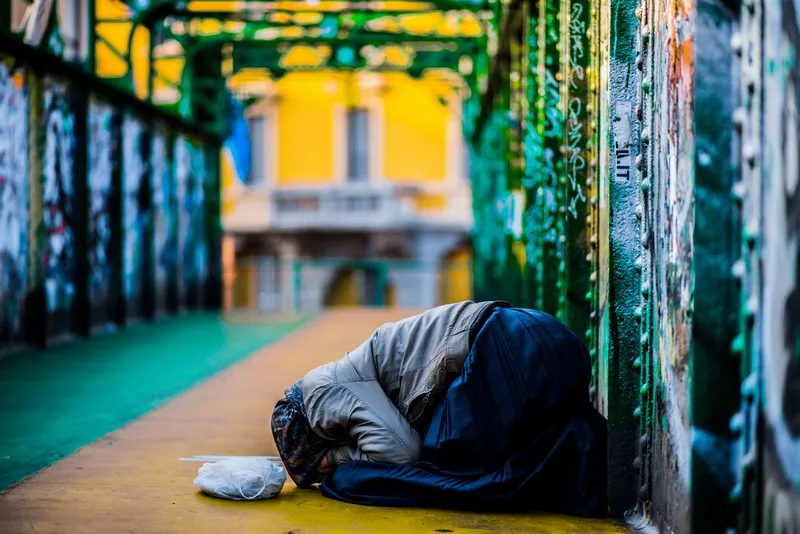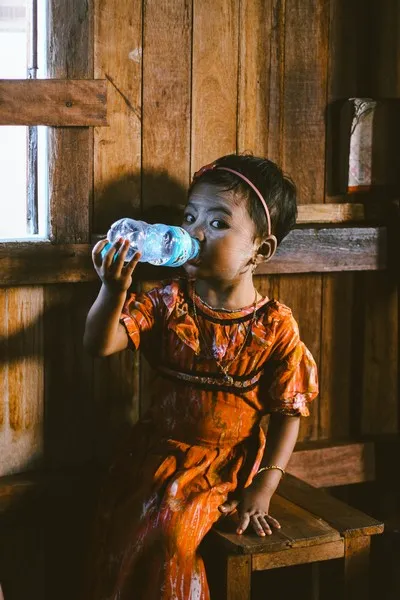Table of Contents
- What is Deprivation?
- Material Deprivation
- Social Deprivation
- Cultural Deprivation
- Interconnections Between Material, Social, and Cultural Deprivation
- Addressing Deprivation: Multidimensional Strategies
- Real-World Illustrations
- Theoretical Perspectives on Deprivation
- Conclusion
Deprivation is a central concept in sociology, helping to explain the multiple and layered disadvantages that individuals and groups may face. It sheds light on why some people experience exclusion, marginalization, and limited life chances compared to others within the same society. Importantly, deprivation extends beyond simple economic hardship. It encompasses the absence of resources, opportunities, social relationships, and cultural recognition that enable people to live dignified lives and fully participate in their communities. For undergraduate students studying inequality, poverty, or social stratification, developing a sophisticated understanding of deprivation is essential. This article explores three major forms of deprivation—material, social, and cultural—while also examining how they intersect and reinforce one another.
What is Deprivation?
In sociology, deprivation refers to a condition of disadvantage or exclusion relative to others. It is often linked to inequality in wealth, power, and status. Crucially, deprivation can be understood in two ways:
- Absolute deprivation: a lack of basic necessities such as food, shelter, or clean water, which threatens survival.
- Relative deprivation: disadvantage measured against societal standards or expectations. A person who lacks access to the internet in a digital society may experience deprivation even if their survival needs are met.
This distinction underscores the idea that deprivation is socially and historically situated. What counts as deprivation in one society or era may not apply in another. In advanced industrial societies, deprivation often manifests in relative terms, highlighting inequality rather than sheer survival.
Deprivation also intersects with broader sociological themes such as power, agency, and social structure. It forces us to ask: are disadvantages the result of personal choices, or are they the product of systemic inequalities built into institutions? Most sociologists argue for a structural interpretation, emphasizing that deprivation reflects how societies organize resources and distribute opportunities.
Material Deprivation
Defining Material Deprivation
Material deprivation involves the absence of essential goods, services, and financial resources needed for a secure and adequate standard of living. It is the most visible and widely researched form of deprivation and is central to sociological debates on poverty.
Key features include:
- Unstable or insufficient income
- Poor housing conditions, including overcrowding or homelessness
- Insecure or inadequate access to nutritious food
- Unequal healthcare and educational provision
- Shortages of clothing, technology, or household essentials
Effects of Material Deprivation
Material deprivation has wide-ranging consequences for individuals, families, and communities:
- Physical health: Lack of nutritious food, poor housing, and limited healthcare access raise vulnerability to chronic illness.
- Educational attainment: Children from deprived households may lack books, internet access, or quiet spaces for study, affecting academic performance.
- Life expectancy: Areas characterized by material deprivation frequently show reduced life expectancy and higher mortality rates.
- Intergenerational inequality: Parents struggling to meet basic needs may be unable to provide opportunities for their children, perpetuating disadvantage.
Structural Dimensions of Material Deprivation
Material deprivation is rarely about individual shortcomings. It is embedded in structural conditions such as precarious labor markets, wage stagnation, and discriminatory housing policies. It is also shaped by political choices, such as cuts to welfare programs or inadequate investment in public services. Thus, sociologists highlight that material deprivation is fundamentally political and systemic.
Social Deprivation
Defining Social Deprivation
Social deprivation refers to the exclusion of individuals or groups from the social networks, relationships, and institutions that provide belonging and identity. Unlike material deprivation, it emphasizes social participation and community inclusion.
Key dimensions include:
- Isolation from family, friends, or community life
- Absence of supportive networks that provide advice, resources, or companionship
- Exclusion from civic or political participation
- Discrimination and stigma leading to marginalization
- Limited opportunities to develop meaningful social roles
Effects of Social Deprivation
Social deprivation has profound consequences:
- Mental health: Exclusion often leads to anxiety, depression, and loneliness.
- Crisis resilience: Those without supportive networks may lack help during illness, unemployment, or personal emergencies.
- Self-identity: Lack of community recognition can erode self-esteem and belonging.
Moreover, social deprivation can intensify material deprivation. Without social connections, individuals may struggle to find housing or jobs, creating a feedback loop that entrenches poverty.
Social Deprivation and Society
At the societal level, social deprivation undermines cohesion and trust. When groups feel excluded, mistrust in institutions grows. This can lead to fragmented communities, heightened social tensions, and even unrest. Addressing social deprivation is therefore critical not just for individual well-being but also for maintaining stable, inclusive societies.
Cultural Deprivation
Get the full article AD FREE. Join now for full access to all premium articles.
View Plans & Subscribe Already a member? Log in.





